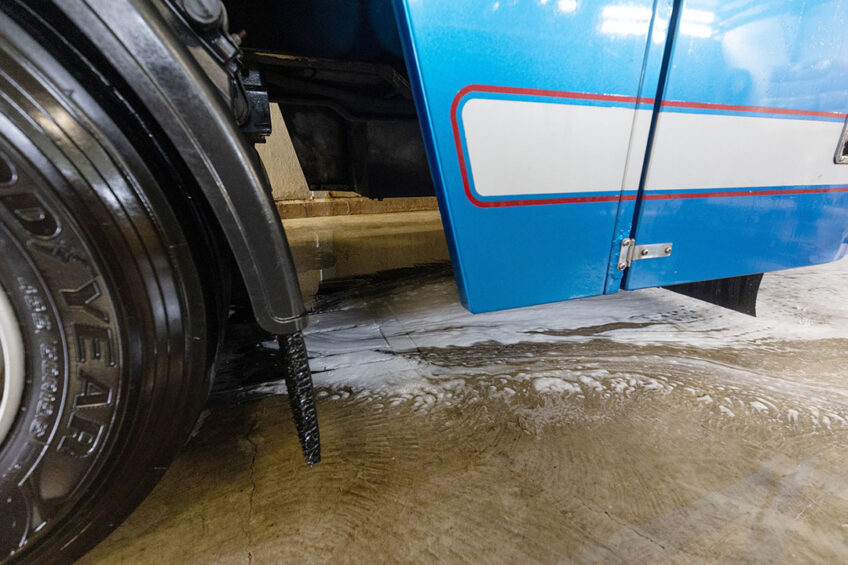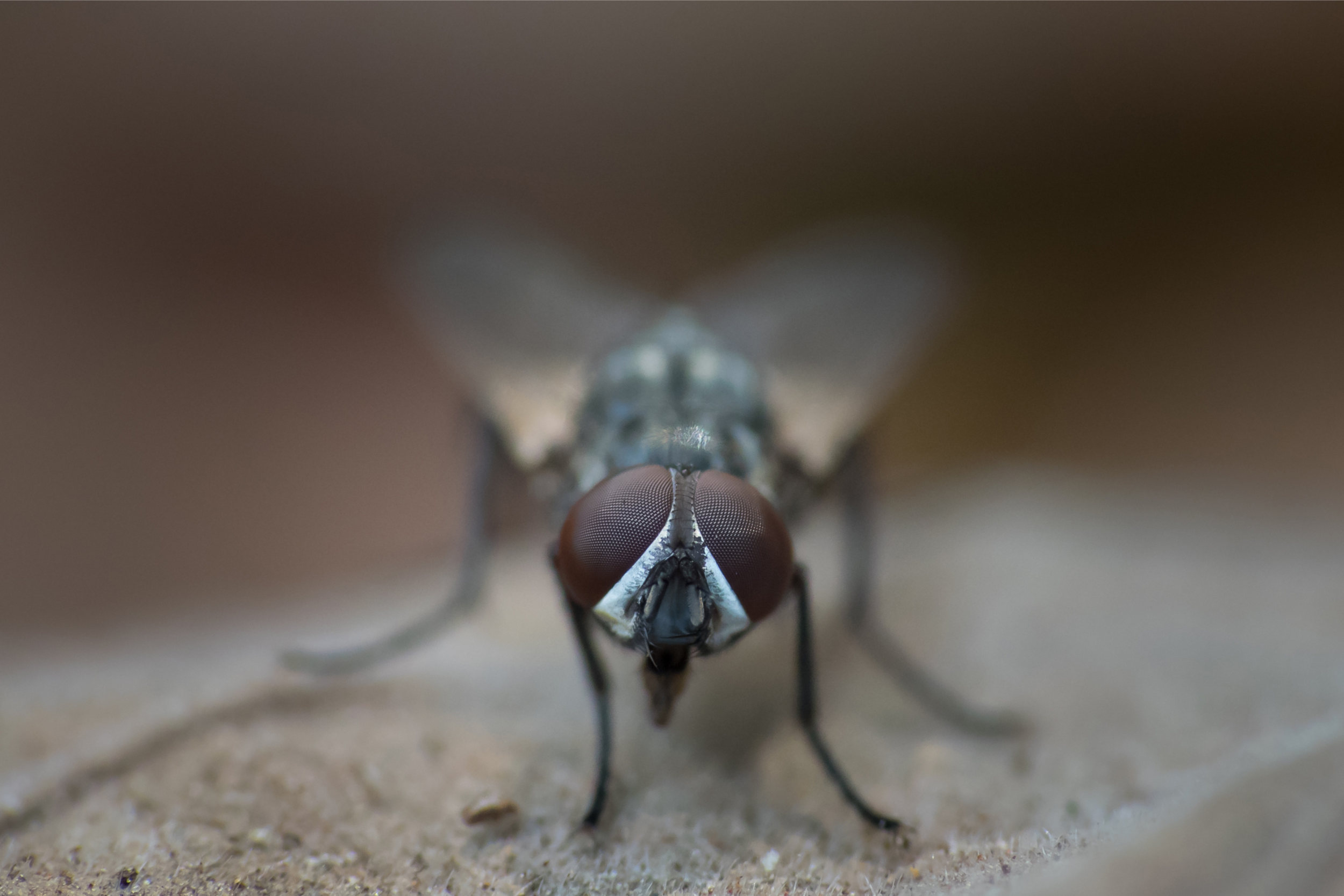African Swine Fever: proper biosecurity practices for all

For countries currently free of African Swine Fever (ASF), avoiding introduction of the disease is the primary focus. Disease control is best approached through on-farm biosecurity practices. Furthermore, surveillance and control methods need to be managed at the swine farm itself, and in endemic and adjoining areas. Global prevention can happen by preventing transboundary and transcontinental spread through animal movement and products. This article will explain the Secure Pork Supply self-assessment checklist for ASF prevention.
On-farm biosecurity to prevent ASF
The most critical tool for preventing ASF is an adequate farm biosecurity plan, which should contain all available interventions and strategies for how each item and changes in management practices could be implemented. Biosecurity practices include all measures aiming to minimise the risk of introducing new pathogens to the farm.
Benchmarking and information
In recent years, risk-based scoring indexes such as the Secure Pork Supply biosecurity self-assessment checklist have been developed to provide an objective way to quantify biosecurity status and harmonise recommendations. These scoring systems group different internal and external biosecurity practices into several sections. Each section receives a weighted score. Such scoring systems are good for benchmarking. They also provide useful information to farmers, veterinarians, and pig advisors on where biosecurity could be improved.
Secure Pork Supply ASF biosecurity checklist
Secure Pork Supply offers a self-assessment checklist for enhanced pork production biosecurity for animals raised indoors. Below are the checklist components.
Biosecurity manager and written plan
A biosecurity manager needs to be identified for the site. He or she is responsible for developing the biosecurity plan with the assistance of the herd veterinarian.
Training
The biosecurity manager and essential personnel need to be trained at least annually about the biosecurity measures necessary to keep ASF out of the herd.
Testing
The biosecurity manager and essential personnel need to be tested at least annually to make sure the training was learned properly.
Protecting the pig herd from ASF
It is implemented through the following areas.
Site entry
Designated parking area
Perimeter buffer area which serves as an outer control boundary around the buildings to limit virus transmission.
Perimeter buffer area access point: Vehicles moving through the perimeter buffer area access point must be cleaned to remove visible contamination and then disinfected.
Cleaning and disinfection station
Line of separation which serves as a control boundary to prevent virus transmission into areas where susceptible animals can be exposed.
Line of separation access point. Equipment, people, and items crossing through the line of separation access point follow specific biosecurity measures.
Securing the buildings: Buildings are locked when no one is present.
Vehicles and equipment
All vehicles and equipment are cleaned and effectively disinfected prior to entering the perimeter buffer area.
Personnel
Access is limited to individuals who are essential to the operation of the production site.
Pig movement
Incoming pigs come from sources with documented and enhanced biosecurity practices and no current or recent evidence of ASF infection. No animals from a regulatory control area are introduced onto the site for at least 7 days prior to moving any animals to another pork production site with susceptible animals.
Carcass disposal
Dead animals are disposed of in a manner that prevents the attraction of wildlife, rodents, and other scavengers.
Manure management
The farmer should store and remove manure in a manner that prevents exposure of susceptible animals to disease agents. It should also meet state, local, and Responsible Regulatory Officials’ requirements.
Feed
Principles of Responsible Imports which is employing extended storage times following arrival of feed and feed ingredients from countries of high risk are being applied across North America. Grain and feed are delivered, stored, mixed, and fed in a manner that minimizes contamination. Feed spills are cleaned up promptly and disposed of to avoid attracting wildlife.











